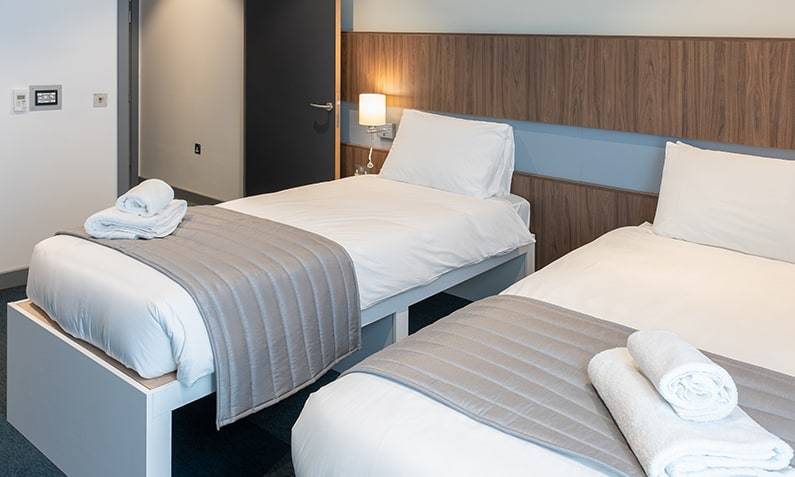Blog - Altitude

Live high, train low
28 Nov 2018
Altitude and hypoxic training are common among elite athletes and recommended by many coaches as a means to improve performance. If incorporated into a training programme effectively performance can increase by up to 8%*
As altitude increases the pressure of the air decreases, every breath you take consists of less oxygen. The lower the oxygen intake, the more your muscles are starved, which the body compensates for by producing a higher level of red blood cells to carry the necessary oxygen to muscles, as it would at sea level. When returning to sea level, the body has an increased oxygen carrying capacity, which results in more oxygen being delivered to the muscles. This makes exercise more efficient and can lead to significant performance gains.
Many altitude training protocols have been developed that employ various combinations of living and training at sea-level and at altitude. The classic model of altitude training is the 'Live High, Train High' approach, where athletes spend all their time living and training at high altitude. This method has been criticised because of the surrounding effects of training at sea-level with many suggesting athletes can have a detraining effect from reduced training volume and intensity. The more modern approach, which has received a lot of attention, is the 'Live High, Train Low' method, whereby athletes train at sea-level but spend as much non-training time in hypoxia. The best way to do this is to sleep at altitude.
Our pioneering altitude bedrooms allow you to do just that. Technology provided by Sporting Edge UK allow us to simulate the altitude by injecting a modified airflow into the rooms with a reduced oxygen content, much like how a standard air conditioning system works but without any side effects of atmospheric pressure change of natural altitude. We can adjust this altitude level individually in each of the twenty bedrooms, from sea-level to 5,000 metres - the equivalent of Everest Base Camp. Once the room is at the desired altitude, the oxygen level will remain within +/- 0.1%. Each room has two oxygen sensors which regulate the oxygen concentration in the airflow at either 10%, 7% or regular 20.9% oxygen content. It takes approximately 70 minutes for the room to come up to 2000m altitude and 240 minutes to come up to 5000m. This can be pre-programmed on a timer so that your room is at the desired altitude for your arrival.
When properly planned into an athletes training programme, we've observed some fantastic performance gains. To the point we regularly travel globally to use such facilities, for numerous weeks at a time. It will be a huge benefit to GB athletes and will surpass the capabilities and comfort of all other facilities around the world. It will undoubtedly give us a real performance advantage over the rest of the world.
Ben Hollis, Physiologist, English Institute of Sport
*Sporting Edge UK










